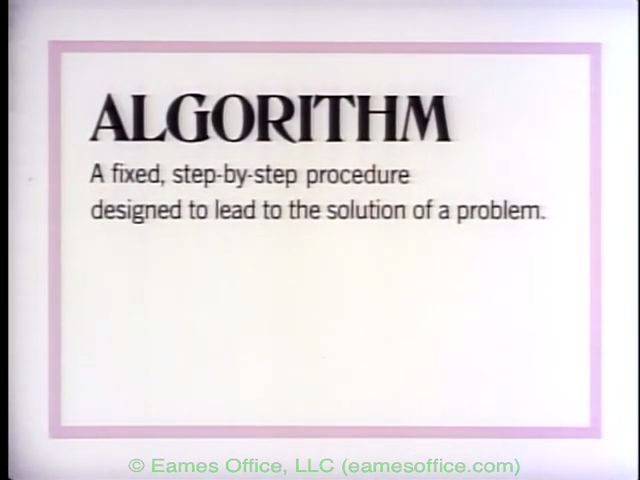
In revisiting the history of Oulipo, it’s useful to consider this article by Sarah Coolidge that explores the question: Who Are the Women of Oulipo?
BUT the broken links are quite tragic… leading instead to online gaming + tourism. :0 Some alternative links:
And this page (URL corrected from the article from .com to .fr):
http://www.cipmarseille.fr/pop_documents_liens.php?id=985&type_proprio=1&gestion=E
https://archive.cipmarseille.fr/pop_audio.php?id=890
some repaired direct links:
which currently takes to to information about hotels :0…..
Luckily the wayback machine from archive.org has been put temporarily back online in a consultation only form.
N+7 is useful as an example of an algorithm.

Let’s feed the first paragraph of Who are the Women of Oulipo to get from:
A major reason for their absence on your bookshelves is that, until recently, hardly any works by the women of Oulipo had been published in English translation. This phenomenon has only further entrenched the notion that the world of literary rule-breaking is in fact a boys club, that men alone are the pioneers at the frontier of literary innovation.
to surprisingly suggestive and critical (n+1)
A major-domo reasoning for their absentee on your bookshelves is that, until recently, hardly any workshop by the womanizers of Oulipo had been published in English translator. This phial has only further entrenched the nought that the worm of literary ruler-breaking is in faction a boycotts clubhouse, that manacles alone are the pips at the frontiersman of literary innovator.
to absurd (n+7)
A malady rebound for their abyss on your bookshelves is that, until recently, hardly any worship by the woodcutters of Oulipo had been published in English transporter. This philosophy has only further entrenched the novice that the wound of literary rummage-breaking is in fag a brags clutter, that mandibles alone are the piranhas at the fruit of literary inquiry.
Lorraine Code, Rhetorical Spaces, Essays on Gendered Locations (1995)
(via a citation from Hope Olson, Mapping beyond Dewey’s Boundaries, Constructing Classificatory Space for Marginalized Knowledge Domains, published in Library Trends, 1998)
Rhetorical spaces… are fictive but not fanciful or fixed locations, whose (tacit, rarely spoken) territorial imperatives structure and limit the kinds of utterances that can be voiced within them with a reasonable expectation of uptake and “choral support”: an expectation of being heard, understood, taken seriously. They are the sites where the very possibility of an utterance counting as “true-or-false” or of a discussion yielding insight is made manifest. Some simple examples will indicate what I mean the term to achieve….
Imagine trying to make a true statement about whether it is more convenient to fly into Newark or La Guardia airport in the year 1600. The statement would not be false but meaningless: it could neither be true nor false within the available discursive possibilities. Or imagine trying to have a productive public debate about abortion in the Vatican in 1995, where there is no available rhetorical space, not because the actual speech acts involved would be overtly prohibited, but because the available rhetorical space is not one where ideas on such a topic can be heard and debated openly, responsively…
What I want this terminology rhetorical space to do [is], namely to deflect the focus of philosophical analysis away from single and presumably self-contained propositional utterances pronounced by no one in particular and as though into a neutral space; and to move it into textured locations where it matters who is speaking and where and why, and where such mattering bears directly upon the possibility of knowledge claims, moral pronouncements, descriptions of “reality” achieving acknowledgment, going through. Often in such spaces discourse becomes a poiesis, a way of representing experience, reality, that remakes and alters it in the process. And the making is ordinarily a communal process, dependent for its continuance on receptive conditions, on engaged responses both favourable and critical. (p. x )
Each constraint (or freedom), determines a rhetorical space, of possible meaning, but which also determines the kinds of collaboration that can (and should) take place within it.
Allison Parrish is a self-described poet, programmer, and professor of interactive media arts.
Her work often contains examples of code and libraries that resonate with many of the protocols from Die Maschine, and the techniques of Oulipo.
Self-publishing project + publications from Angie Waller
https://www.unknownunknowns.org/
Last Night Bust Stop Yoga Pants, Chicago Illinois
Example.
If time perform? or just read.
As a group: choose a text (Women of Oulipo, TOS, Definition of Rhetorical Space?)
Starting in pairs, develop some protocols/algorithms to treat the chosen text.
Would be good to visit each to find a suitable project, make sure good resources are available.
?>?